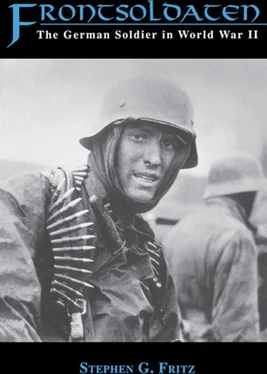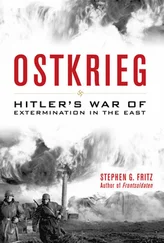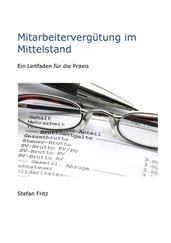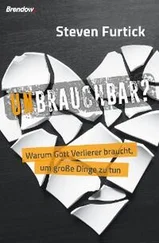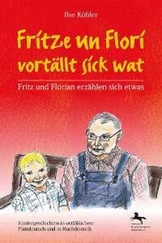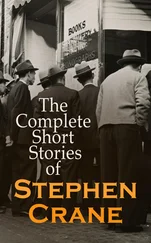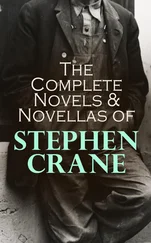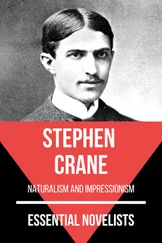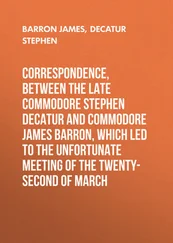Other Landsers , too, marveled at surroundings new to them. Walther Weber was struck by the brilliant contrasts in the African desert. “Early in the mornings it is mostly cool,” he related of the sandy wasteland. “When the sun comes up the land is filled with a tremendous clarity. Because of the [lack of] humidity in the air one can see for unimaginable distances and all shadows are sharply drawn and dark on the dazzling sandy soil.” “My first impression of the African continent was that it was yellow and sandy,” remarked Hans Schmitz in February 1941. “Palms and small trees under whose miserly shade fields were laid out…. Solitary settlements, mud huts and mats, tents, caravan roads, dried-out riverbeds. Everything disappeared against the sandy horizon. Startled herds of wild goats and gazelles sprang about. A Bedouin with his camel stopped and waved to us like an image made from plastic.” Contrasting with the yellow-brown of the desert, the towns of North Africa appeared to the Landser to be truly another world. “On Wednesday I was in the native quarter of Tripoli,” reported Theodor Kinzelbach, “where there was a lively bustle in the narrow streets. There abounded a colorful mixture of Arabs, Berbers, Jews, and Negroes…. At the moment the oleander… are in full bloom. Going through an avenue with oleanders, dazzling white houses, and arbored passageways doesn’t at all allow one to come to the realization that a hundred kilometers farther south the desert begins.” Similarly, Wilhelm Heupel gave a vivid picture of human liveliness and tumult. “Sometimes on a bright, hot midday we sit in the piazza in Derna under the shadows of holm oaks and drink the almost intolerably sweet Arab lemonade,” he wrote.
Young men and women come with baskets full of eggs and beg us to buy them. The kids are already sharp traders…. Others bring chameleons that they have captured in their gardens, also turtles and live chickens, to sell…. This part of Derna is full of life: Arabs, Jews, and Italians crowd about as buyers and sellers, among them the amber uniforms of the German air force and the green ones of the ground troops, tank grenadiers and infantry…. They buy the red Arab shoes or sandals, have small briefcases made from goat leather, and communicate with the Arabs through sign language…. The Jews bring soap, writing paper, English jam, and many other delicacies to sell in their shops, and the Arabs offer giant white and brown Barakane (rugs), up to five meters long, woven from the finest wool; next to them [are] tasteless, cheap, printed silk from Italy, bright silver bangles like the Arab women all wear, and colorful silver-embroidered velvet vests. 50
Everywhere, the great diversity of people and customs the Landser encountered inspired amazement. “As we stopped in a village at noon I saw for the first time Russian peasant women in very fine costumes,” wrote Ludwig Laumen. “Wide, heavy skirts with red stripes and small, heavily decorated red-black diamonds and hems. With them, white blouses with the familiar Russian embroidery and great, colorful babushkas. They stand there together: an elderly man with thick wool stockings around which he has wrapped black bands, large straw shoes, a thick gray jacket… with fur collar, on his head the indispensable earmuffs.” Moving through a Tatar area on the Black Sea coast, Alois Dwenger was struck by the many small settlements strewn about but especially by the exotic-looking inhabitants. “The men are tall,” he reported, “physically and obviously also mentally dexterous; their faces are often oval, hair and beard deep black, their clothes heavily influenced by the Russian style. The women are handsome, most with sleek, dark hair parted in the middle, with large, lustrous eyes like Turkish women.” Anselm Radbruch was similarly astonished by a Kalmyk settlement:
I am now in the capital of the steppe, Elista, one of the strangest places that I have yet come across. Surprisingly plunked down right in the middle of this wasteland exists this “city” built out of colossal buildings of pinkish-red, sky blue, or snow white, and all around it the customary mud huts of the Kalmyks. This totally Lilliputian capital today has no more than 8,000 inhabitants. It makes an impression like an American city out of the picture books: huts and palaces, boulevards and sandy tracks, cow herds and snobs, camel wagons and heavy trucks immediately next to and among each other, a planless confusion of a not quite abandoned past and a too quickly invoked future. 51
Nor was it merely the myriad peoples with whom he came in contact that produced sensations of wonder. In the midst of the destructiveness of war, a Landser might be struck by something so seemingly incongruous as the delicate nature of a flower or the natural beauty all around him. “The nightly marches through this unendingly melancholy, oppressively fragrant moonscape produces a strange mood,” mused Harry Mielert of the Ukraine. “The village ponds lie low and sunk in between the squat houses, frogs croak, the moon gleams…. It is a wonderful experience…. When the sun comes up, it is immediately enveloped in a reddish brown dust cloud from the road, and it sparkles liquidly in the sweat… of the soldiers’ faces.” Crossing the Dnieper a few months later, Mielert marveled at its “absolutely grayish blue color…. There are strong colors, the blue river, the pale gray of the sand, the hazy woods on the eastern horizon, and the glassy sky above it all.” Observing natural beauty could even, if only temporarily, ease the stresses of war. “Up to now the most beautiful [sight] was the trip here,” Mielert wrote of a journey to the rear. “A valley was there, traversed by a roaring stream, beautiful, romantic hillocks with churches and ruins, at the same time the spring-like young greenery enchanted on all the trees and bushes, also the variety of green colors of the meadows and fields. Even the primitive clothing of the Russians, a reminder of earlier historical relationships, appeared romantic to me…. It was one of the most beautiful days of the war.” Curzio Malaparte, an Italian war correspondent on the eastern front, left a vivid description of the vital presence of nature:
Night falls, cold and heavy, on the men curled up in the ditches, in the small slit-trenches which they have hastily dug amid the corn…. Then the wind rises, a moist cold wind that fills one’s bones with an immense numbing weariness. The wind that sweeps this Ukrainian plateau is laden with the scent of a thousand herbs and plants. From the darkness of the fields comes a ceaseless crackle as the moisture of the night causes the sunflowers to droop on their long, wrinkled stalks. All about us the corn makes a soft rustling sound, like the rustle of a silk gown. A great murmur rises through the dark countryside which is filled with the sound of slow breathing, of deep sighs. 52
During the bitter retreat from the Crimea in April 1944, racing to get out before their avenue of escape was closed, constantly harassed by Soviet partisans “who yapped at us like pursuing hounds,” Hans Nicol somehow found time to marvel at “the countryside…. Budding spring, flowers everywhere, blooming bushes, tall, solemn cypresses; so went the trip in the hills high above the light blue sea…. No rich greens and no brown, rather a southern spring! Who still thought about it, that war raged and our situation was really dangerous?” Likewise, while enduring the fierce battles of that first German August in Russia, Will Thomas could still note, “On the edge of the small thickets bloom tall thistles, snow white daisies, and many other companion flowers…. A small black cat comes to us in the trench, a pair of chicks peep near-by, …a reddish brown calf comes to visit, …and then suddenly once again this hellish noise [of battle]…. War is a strange thing.” Just two months later after the first autumnal snowfall, Thomas mused, “A thick snow cover has fallen on the earth, as if heaven wanted to cover all evidence of the blood and death that had scarred this field.” Similarly, in March 1942 a snowfall led Günter von Scheven to remark, “Now nature in reconciliation has laid the purest white over the bloody evidences of the battle.” 53
Читать дальше
